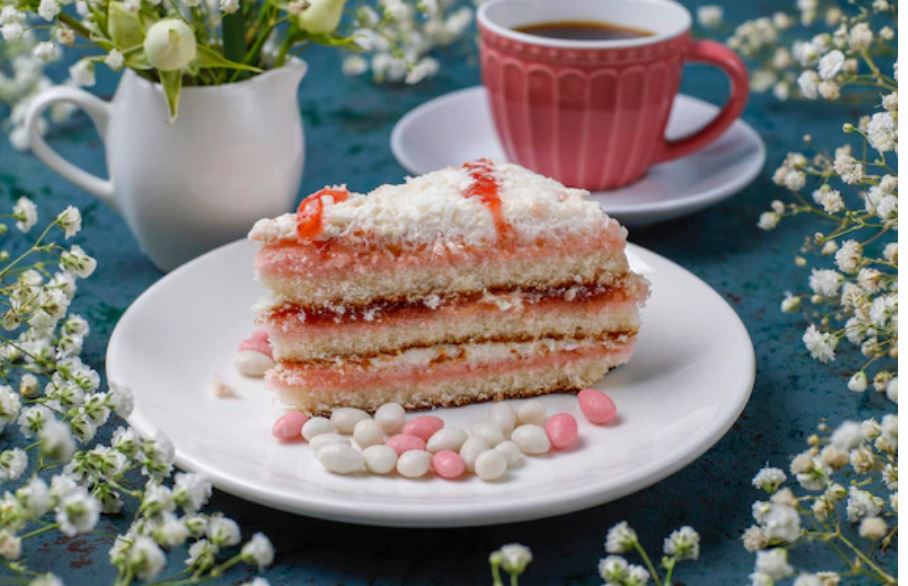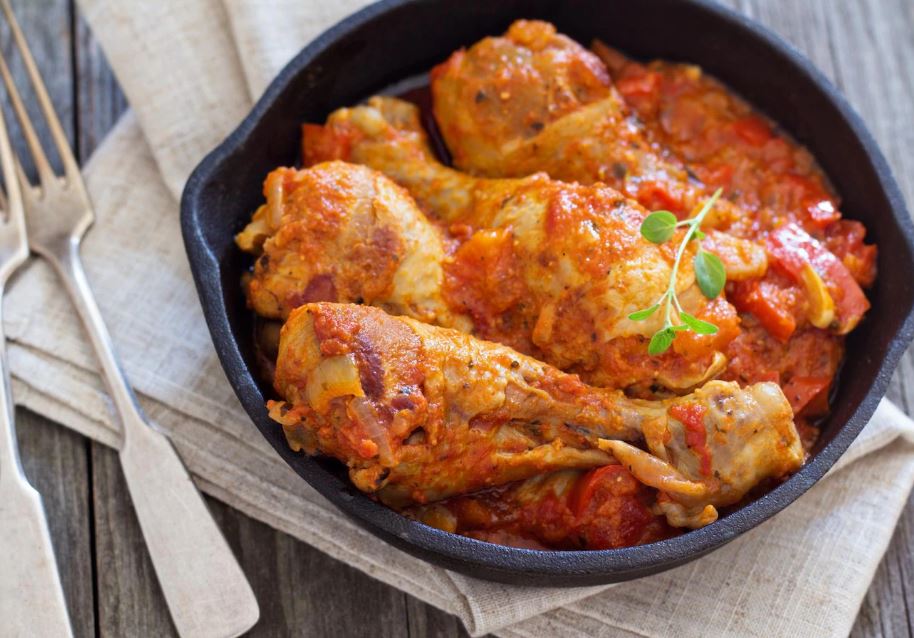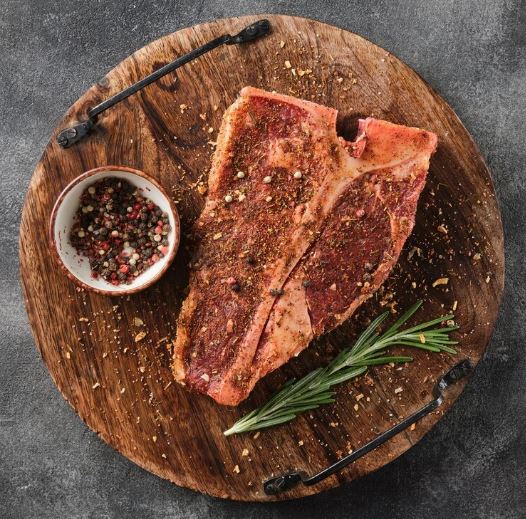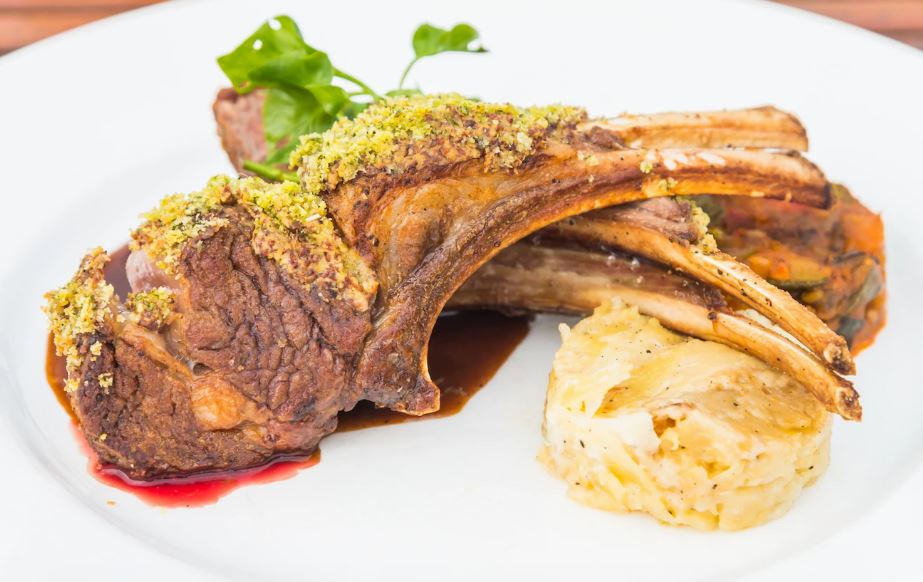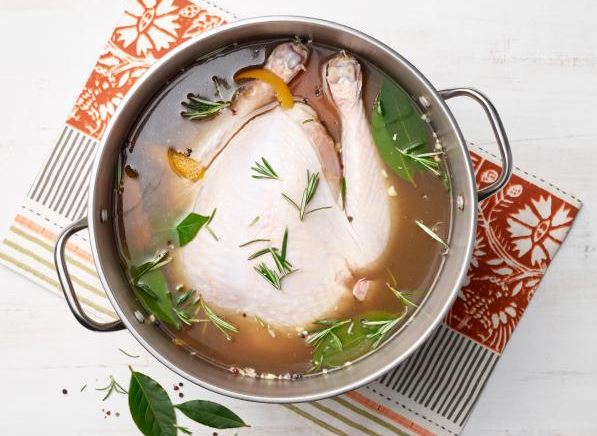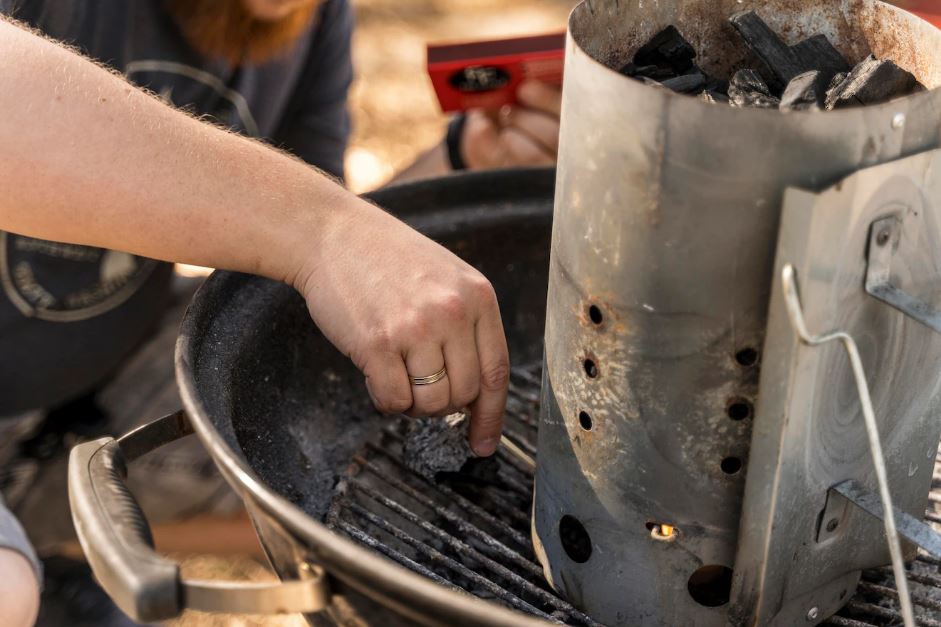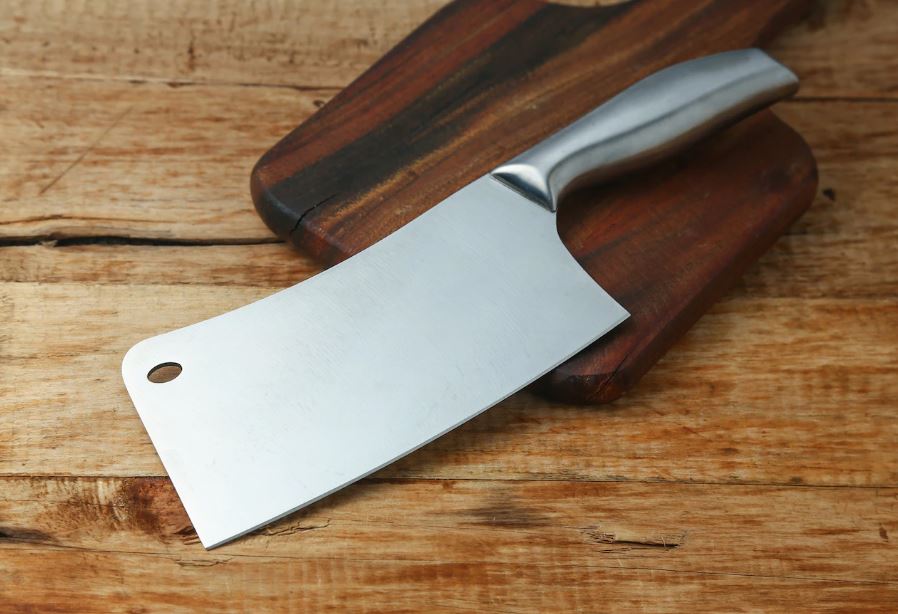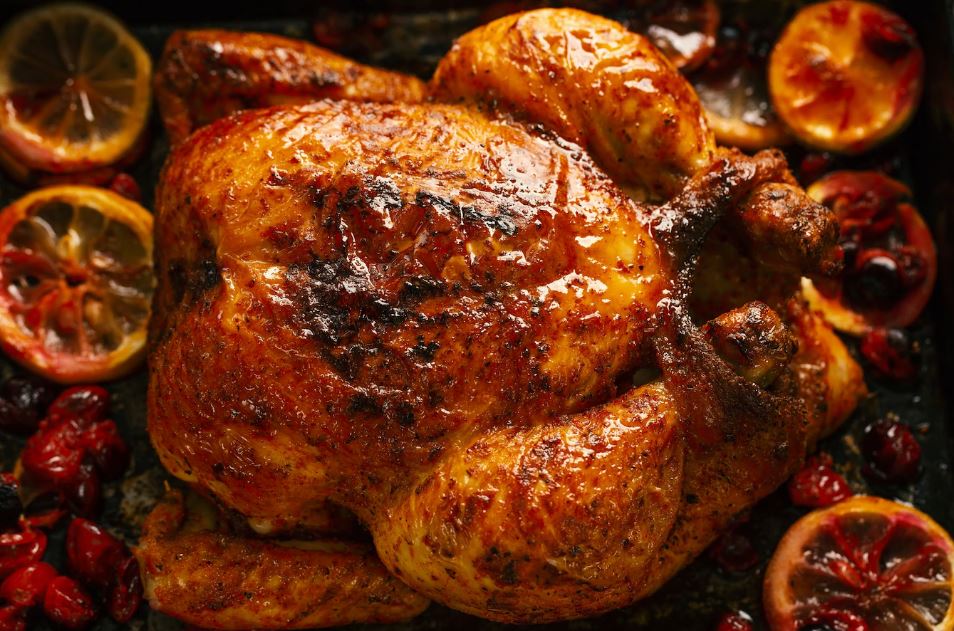Chat pate is a delicious traditional Pakistani street food that’s full of flavor and texture. Its crisp, fried exterior combined with the warmth of spiced potatoes gives this snack an irresistible taste combination. It’s easy to make at home, so instead of running out for your favorite chaat from a local vendor you can whip up this crowd-pleasing dish in no time! This recipe walks you through all the steps needed to perfectly prepare chat pate pakora – in just under 20 minutes!

What is chat pate pakora?
Chat pate pakora is a very popular snack in Pakistan, made with potatoes, spices and deep-fried in a batter. It’s usually served as an appetizer or snack, but can also be enjoyed as a light lunch. This delicious dish is full of flavor and texture – the crispy fried exterior gives way to the warm, spicy potatoes inside – making it a favorite among food lovers.
How do you make chat pate pakora?
Making chat pate pakora is easy and only requires a few ingredients. First, begin by boiling and mashing potatoes, then add in the spices of your choice such as cumin powder, coriander powder, chaat masala and red chili powder. Mix this all together to create a paste-like consistency.
Next, form the mixture into small patties or balls and coat them in a batter made of chickpea flour, turmeric powder and salt. You can also add your favorite herbs and spices to the batter for added flavor.
Finally, fry these chat pate pakoras in hot oil over medium-high heat until they’re golden brown and crispy. Serve them hot with chutney or your favorite dipping sauce!
What are the ingredients for chat pate pakora?
The ingredients needed to make chat pate pakora are: potatoes, cumin powder, coriander powder, chaat masala, red chili powder, chickpea flour, turmeric powder, salt and your favorite herbs and spices (optional).
You will also need oil for frying the pakoras.
What are some variations of chat pate pakora?
One variation of chat pate pakora is to add boiled chickpeas or beans to the mashed potatoes before forming the mixture into small balls. This adds a protein-rich twist to this traditional dish.
You can also experiment with different herbs and spices in the batter. Try adding fresh mint or cilantro for a fragrant and flavorful version. For a spicy kick, add some finely chopped green chilies to the batter.
What is the history of chat pate pakora?
The dish of chat pate pakora is believed to have originated in the Indian subcontinent. It’s a popular street food snack that can be found in many cities across India, Pakistan and Bangladesh. In recent years, it has gained popularity in parts of Europe and other regions around the world.
It’s believed that the dish was created as a way to use up leftover potatoes, which were fried and served with chutney. The combination of flavors and textures is what makes chat pate pakora so delicious!
This classic street food snack is sure to be a hit at any gathering – it’s easy to make and full of flavor. With this recipe, you can make chat pate pakora at home in just under 20 minutes! Try it and see why this dish has been captivating the taste buds of food lovers for generations.
How do you serve chat pate pakora?
Chat pate pakora is traditionally served with chutney or your favorite dipping sauce. It can also be enjoyed as an appetizer or snack, or even a light lunch. Enjoy it any way you like! For a refreshing accompaniment, try serving them with cucumber and yogurt raita on the side. This cooling dish pairs perfectly with the warm and spicy pakoras.
Conclusion
Chat pate pakora is a delicious and popular snack in Pakistan – it’s full of flavor and texture, perfect for any gathering or occasion. With this simple recipe, you can make chat pate pakora at home in just under 20 minutes! Try it today and see why this classic dish has been captivating taste buds for generations. Enjoy it with chutney or your favorite dipping sauce – the possibilities are endless! So, what are you waiting for? Give chat pate pakora a try and see how delicious it is! Bon appetit!

